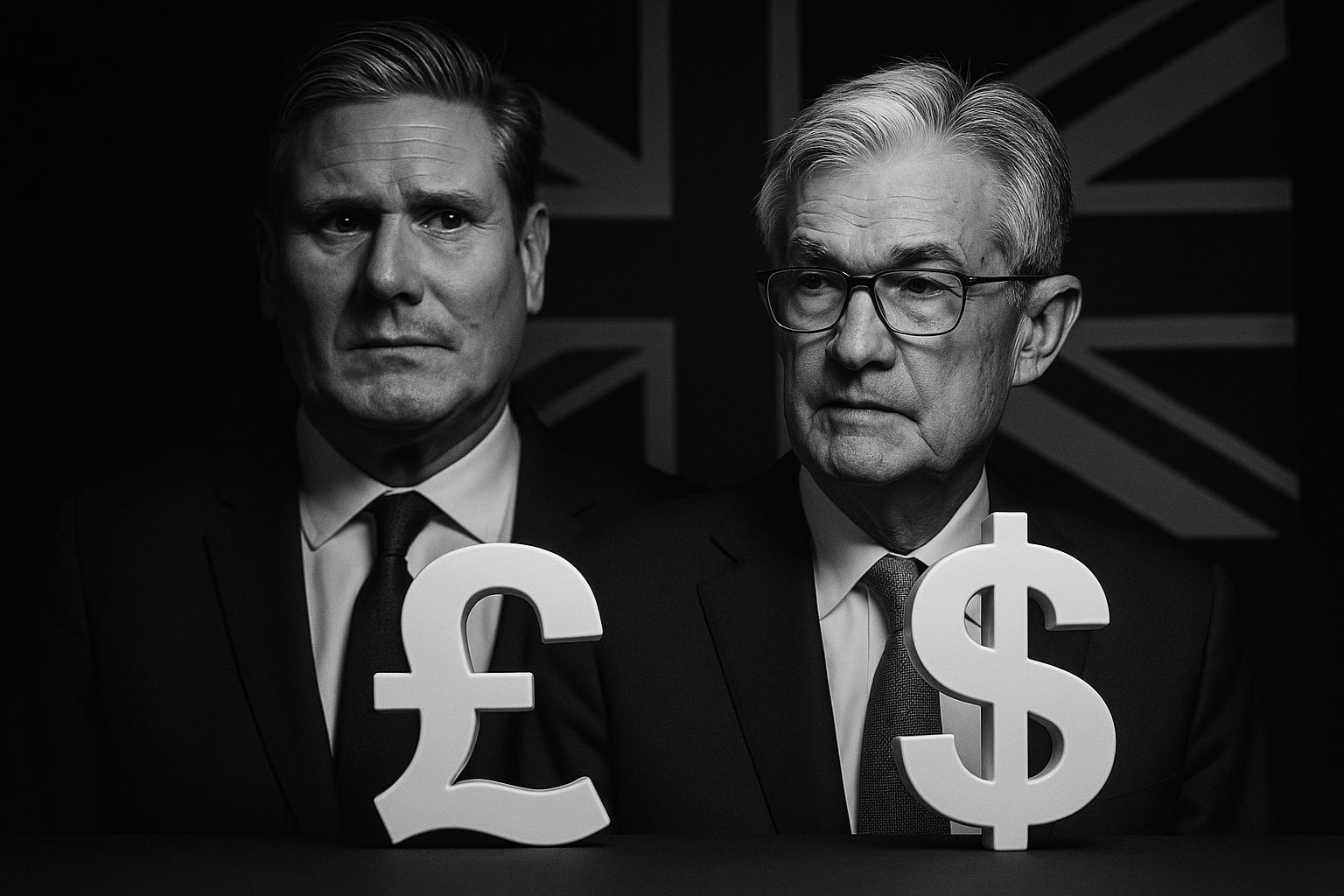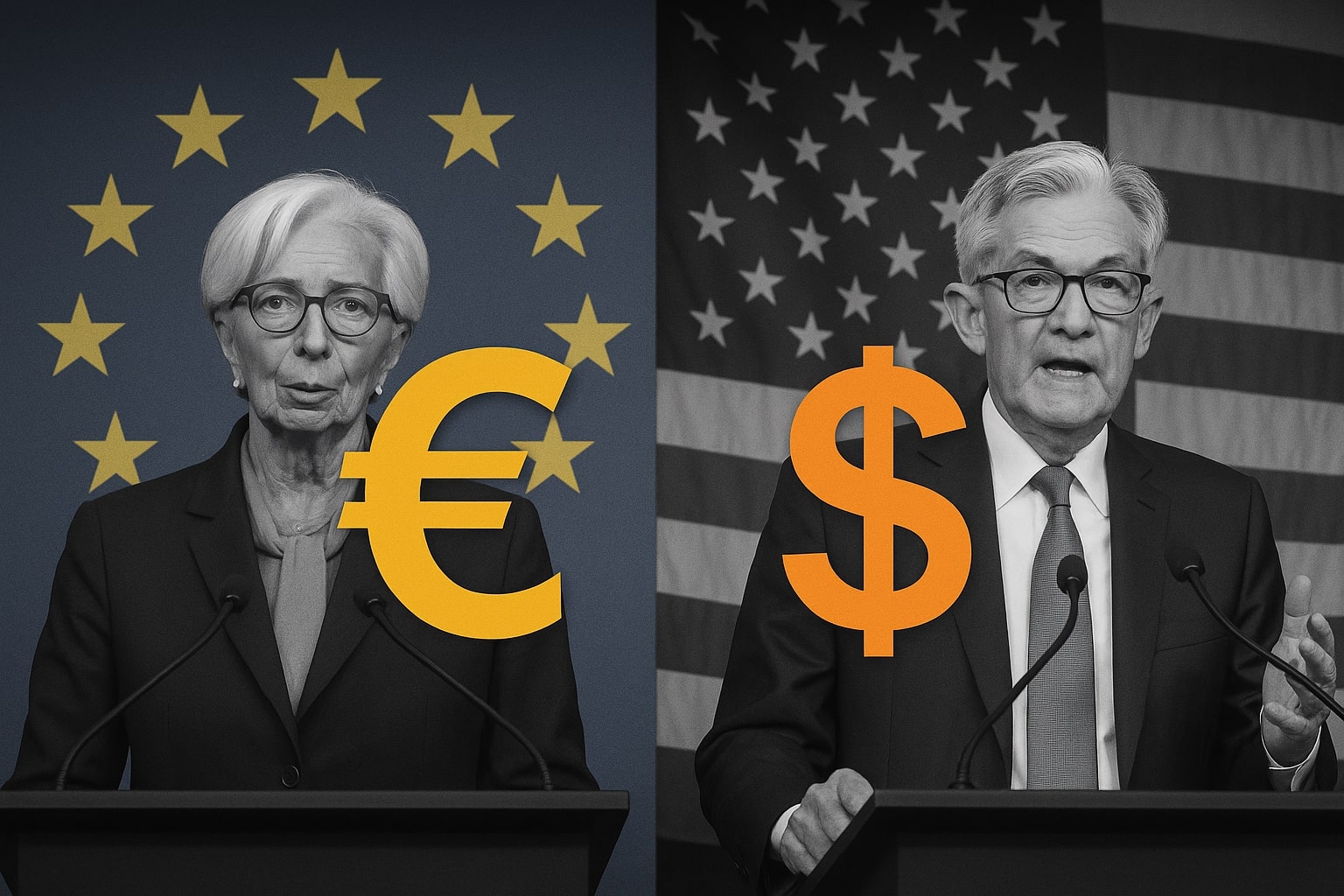EUR/USD Price Analysis: A Tug-of-War Between Economic Sentiment and Fed Policy
EUR/USD at a Crossroad: Will It Break the 1.1200 Barrier?
EUR/USD has been caught in a consolidation phase around the 1.1100 level, showing signs of bullish potential, but technical resistance keeps pushing it lower. Recently, the U.S. Dollar has faced pressure following the release of softer-than-expected U.S. Consumer Price Index (CPI) data for April. The CPI rose by 2.3% annually, slightly below expectations of 2.4%, while the core CPI remained steady at 2.8%. Although the inflation numbers were weaker than anticipated, they still have not significantly changed the market’s view on Federal Reserve monetary policy. The USD ticked lower in response to the report, but it failed to ignite a significant move in the EUR/USD pair, which remained largely range-bound.
EUR/USD continued to show resilience amidst this market backdrop. The pair remains supported by German economic data, particularly the improvement in the ZEW Survey for Economic Sentiment in May. Germany's ZEW Survey showed a significant rebound to 25.2 from -14 in April, signaling improved optimism among German investors. However, the current situation index did worsen slightly, which may limit the pair's upside potential. Meanwhile, the Eurozone’s economic sentiment improved to 11.6 from -18.5, contributing to a positive outlook for the single currency.
U.S.-China Trade Optimism and Its Influence on EUR/USD
Global market sentiment also played a role in EUR/USD price action. News that the U.S. and China reached a temporary 90-day ceasefire in their trade war helped ease some geopolitical tensions, positively impacting risk sentiment. The trade deal includes a sharp reduction in reciprocal tariffs between the two countries, which lifted market confidence and supported risk assets. For EUR/USD, this meant a reduction in demand for the U.S. Dollar, as investors turned to more risk-on assets, including the Euro, which had been under pressure in previous weeks.
The U.S. Dollar Index (DXY) reacted to this news, retreating from its five-week highs just below 102.00, providing support for the Euro in the short term. The retreat of DXY came after the initial strength spurred by the trade agreement. While trade optimism is certainly a factor, doubts linger about whether these developments will lead to a sustainable resolution or if further escalation is possible. This uncertainty surrounding trade talks could add to the volatility of the EUR/USD pair in the coming weeks.
Monetary Policy Divergence: Fed vs. ECB
Another significant driver of the EUR/USD exchange rate is the divergence in monetary policy between the Federal Reserve (Fed) and the European Central Bank (ECB). The Fed has maintained a hawkish bias despite holding rates steady, while the ECB has become increasingly dovish, with expectations of a further rate cut as soon as June. This divergence continues to weigh on the Euro, as traders expect the ECB to ease policy further, which could keep the Euro under pressure relative to the U.S. Dollar.
At the same time, market participants are betting that the Fed will not reduce rates until September 2025, despite recent concerns over inflation and the softer-than-expected CPI report. This suggests that the USD could continue to hold its ground against the Euro, especially if the U.S. economy shows continued strength while Eurozone growth remains muted.
Speculative Interest and Technical Resistance
Despite the EUR/USD pair’s recent price action and the ongoing uncertainty, speculative interest in the Euro remains solid. CFTC data from May 6 revealed that net long positions in the Euro held steady at approximately 75.7K contracts, near multi-month highs. Open interest also increased, showing continued investor engagement with the pair. This suggests that, while there may be short-term resistance, there is still strong support for EUR/USD at lower levels, particularly as speculators are betting on a Euro recovery.
However, the technical outlook shows EUR/USD facing stiff resistance near the recent high of 1.1572 (from April 21) and key psychological levels such as 1.1600 and 1.1692, the peak from October 2021. This resistance has capped the pair’s upward momentum, despite the supportive economic sentiment data and trade deal optimism. On the downside, the pair has a critical support level at 1.1067, followed by the 55-day SMA at 1.1028 and the 200-day SMA at 1.0794, providing a cushion should the market fail to break above the resistance.
Momentum Indicators: Mixed Signals for EUR/USD
Momentum indicators are sending mixed signals. The Relative Strength Index (RSI) sits around 48, suggesting a balance between buyers and sellers, without any immediate signs of overbought conditions. Meanwhile, the Moving Average Convergence Divergence (MACD) indicator has been flashing sell signals, which points to potential short-term resistance around the 1.1200 zone. The Average Directional Index (ADX) near 37 signals a trend is still in place, but with diminishing strength, making the pair’s next move less predictable.
Additional technical indicators like the Stochastic Oscillator have been in a favorable position, showing potential buying signals with a reading near 16, suggesting that the pair could push higher in the near term if it breaks above 1.1200 resistance. However, the 20-day SMA remains a hurdle, indicating that a clear breakout may be difficult without fresh bullish catalysts.
Key Support and Resistance Levels for EUR/USD
Support for EUR/USD remains clustered around 1.1132, 1.1084, and 1.1083, which are crucial for maintaining bullish sentiment. Should the pair dip below these levels, we could see a retest of the May low at 1.1067. On the upside, resistance lies at 1.1197, 1.1230, and 1.1242. A sustained move above 1.1200 could confirm a broader breakout, potentially pushing the pair towards 1.1300. However, any failure to hold above 1.1200 might trigger a correction, testing lower support levels.
EUR/USD Outlook: Bearish Technicals, Bullish Sentiment
Despite some bullish economic data for the Eurozone, the EUR/USD pair faces headwinds from both the technical and policy side. The ECB’s expected rate cuts and the potential for the Fed to maintain its hawkish stance suggest that the USD could continue to outpace the Euro in the near term. Technically, EUR/USD remains in a range, struggling with strong resistance at 1.1200 and beyond, while support remains intact around 1.1060. The broader trend remains cautious, and unless the Eurozone can deliver more robust growth data or a shift in ECB policy, EUR/USD may continue to struggle at these levels.
EUR/USD remains in a delicate balance, influenced by U.S. Dollar strength, ECB monetary policy, and geopolitical factors, but with key technical support and resistance levels providing guidance for traders. Keep an eye on the next few trading sessions, as breaking above or below these levels will likely determine the short-term direction for the pair.




















